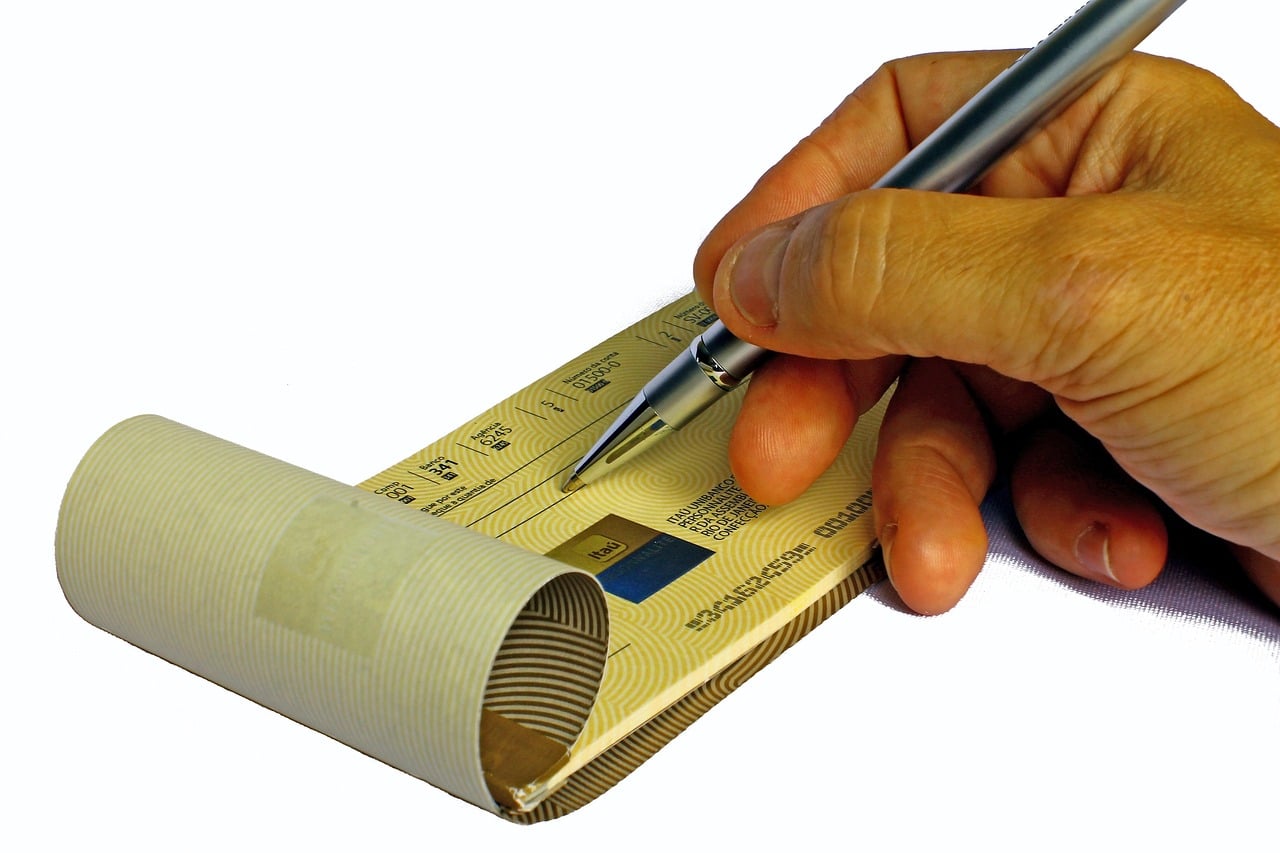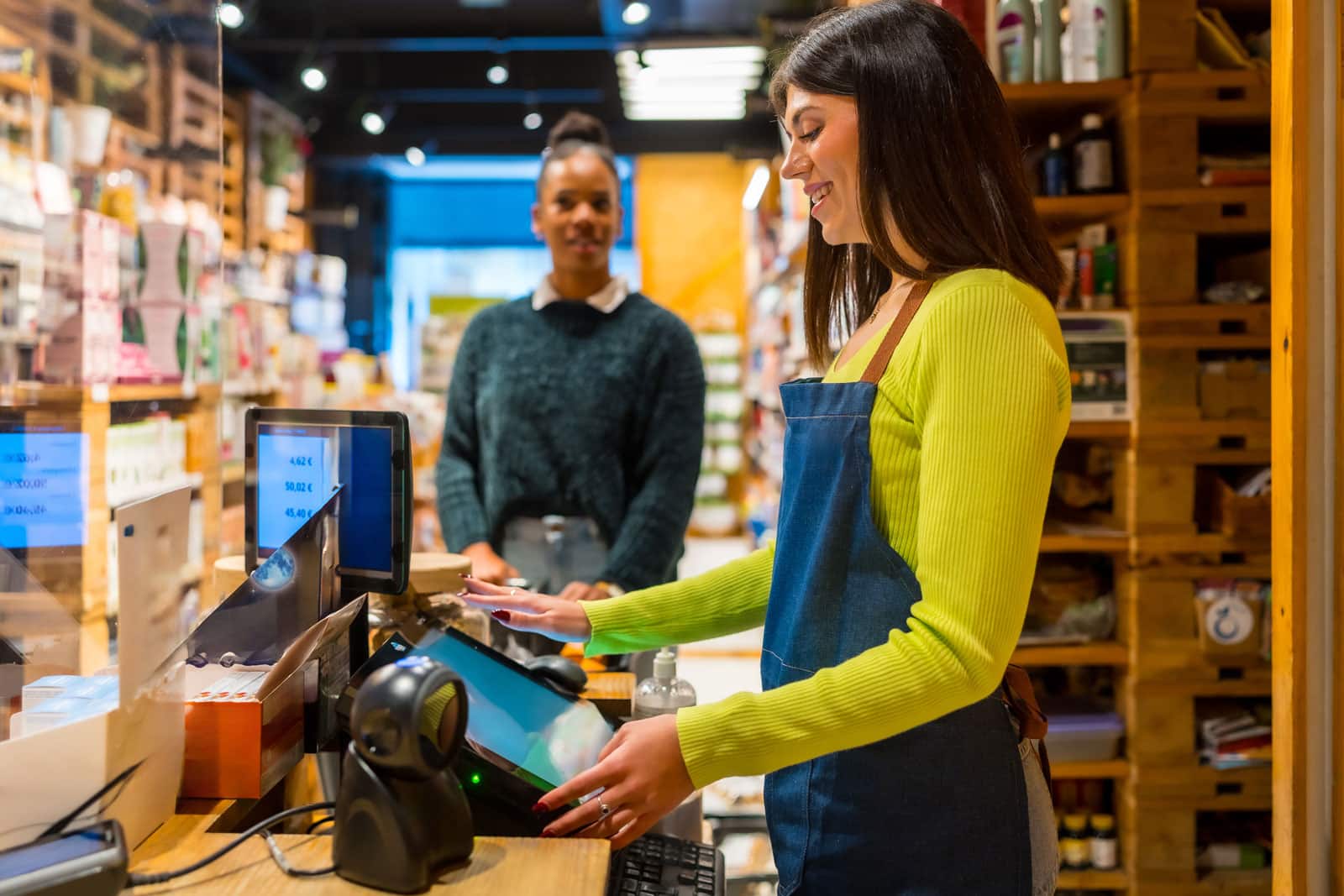Check processing remains an essential payment method in many industries—especially in B2B commerce, high-risk verticals, and subscription-based services. However, this legacy system is increasingly targeted by fraudsters who exploit outdated security protocols, slow processing times, and fragmented reconciliation practices. As electronic payments evolve, businesses that still rely on checks must remain vigilant and adopt modern tools and techniques to protect their revenue and customer trust.
In 2025, fraud schemes are more sophisticated, making it crucial to understand the risks associated with check acceptance and how they compare to more secure payment options[1]. From counterfeit checks and altered endorsements to forged signatures and check washing, there are dozens of methods bad actors use to exploit traditional financial workflows. Business owners must be proactive—implementing modern anti-fraud tools, training staff, and optimizing their workflows to detect and prevent issues before they escalate.
Understanding Check Processing Risks
Despite its longevity, check processing carries inherent vulnerabilities that make it a prime target for payment fraud. One of the primary issues is the time delay between when a check is received and when funds are actually verified and cleared. This window—often several business days long—provides fraudsters with the opportunity to exploit funds, reverse payments, or initiate chargebacks. In high-risk industries where transaction values are large and recurring, these delays can result in major revenue loss.
The most common risks include counterfeit checks, stolen checks, altered check amounts, forged signatures, and fraudulent endorsements. Criminals often use sophisticated printers and imaging software to create near-perfect replicas of checks, making visual inspection insufficient as a standalone fraud prevention method. As more payments are accepted remotely or via digital scans, verifying authenticity becomes even more difficult, particularly for industries that accept checks via ACH or eCheck gateways.
Who’s Most at Risk in 2025?
Businesses operating in high-risk verticals—including CBD, nutraceuticals, firearms, and multi level marketing business opportunities—face an even higher threat from check-related fraud. These industries often operate outside traditional banking support, making them more reliant on alternative methods like ACH or eCheck[2]. Unfortunately, these alternatives can be just as vulnerable to fraud without proper safeguards in place.
Companies that offer subscription billing, recurring payments, or invoicing for large orders must also be extra cautious. Fraudsters target recurring billing cycles and vendor relationships that have become routine and less scrutinized. If a check bounces or gets flagged after services are rendered or goods shipped, the loss can be substantial. Compounding this risk is the difficulty in recovering funds once they’ve been withdrawn or rerouted, especially if a business isn’t using a credit card processing service or secure risk payments platform with built-in fraud protection[3].
Common Check Fraud Tactics
Check fraud can occur in several forms, each with unique vulnerabilities. Paper check fraud remains the most well-known, involving physical checks that are stolen, altered, or fabricated. Check washing is particularly insidious—using chemicals to remove ink and rewrite checks for fraudulent amounts. Fraudsters may also intercept checks in transit, changing recipient information or depositing them into fraudulent accounts.
Digital check fraud is a growing threat, especially with more businesses using mobile deposit apps and eCheck solutions. In these cases, criminals may submit stolen account details through fake invoices or spoofed portals. Since ACH/eCheck processing time varies, there’s a lag in catching fraudulent activity, especially when businesses do not reconcile payments in real time. Understanding these tactics helps you build defenses before damage occurs.
Modern Tools to Reduce Check Fraud
Today’s fraud prevention strategies leverage a combination of automation, encryption, and AI to detect suspicious patterns in check transactions. For instance, payment processors offering risk payments monitoring can flag unusual activity—like duplicate check numbers or check amounts that don’t match invoice totals. Integrating these solutions with your credit card processing service can provide a broader safety net.
Businesses can also benefit from tokenization and secure portals that mask customer banking details during submission. These measures reduce the risk of interception and impersonation, especially when paired with two-factor authentication and transaction verification tools[4]. If your company is still accepting checks but doesn’t work with a merchant processing company that offers layered security, you may be exposing yourself to unnecessary risks.
Best Practices for Securing Check Acceptance
Protecting against check fraud requires a structured approach. First, establish internal procedures for verifying check authenticity, such as comparing signature consistency and validating routing/account numbers. Implement dual control for high-value check acceptance—meaning two staff members must approve the transaction before processing.
Reconcile transactions daily, not weekly, to detect anomalies as early as possible. Consider limiting the types of checks you accept—for example, declining third-party or out-of-state checks unless the sender is verified. If your company accepts checks through online merchant services, look for those that include built-in verification tools, account history checks, and automated alert systems.
When to Replace Checks with More Secure Methods
For many companies, it’s time to reassess whether checks are worth the risk. Alternative payment methods like ACH, credit card, and even platforms like Dwolla offer faster processing and stronger fraud mitigation. While questions like “What is Dwolla?” may arise, the answer often includes features like real-time transfers, KYC compliance, and audit trails that checks simply don’t provide[5].
Additionally, card-based options offer better protection in disputes. If a client reports “Venmo payment declined but I have money” or similar issues, you can help them switch to a more dependable method. If you’re still relying on checks, consider transitioning clients to a secure online portal for recurring billing, even if they resist initially. Over time, the increased reliability will improve your cash flow and reduce fraud exposure.

Final Thoughts
Check fraud is evolving fast, and in 2025, businesses that rely too heavily on outdated systems are exposing themselves to unnecessary risk. Whether you’re navigating recurring payments, high-ticket invoices, or complex compliance challenges, the stakes are too high to ignore the vulnerabilities of traditional check processing. Fortunately, solutions exist—from secure credit card processing to intelligent fraud detection tools—that can dramatically improve your defenses.
At Payment Nerds, we help businesses across high-risk industries upgrade their payment infrastructure with confidence. From assessing your fraud exposure to integrating smarter merchant services processing, our team is here to help you move forward with clarity and control. Don’t wait for a fraudulent transaction to disrupt your cash flow—get ahead of it with the right tools and expert guidance.
Sources
- Federal Trade Commission. “Check Fraud and Scams: What to Watch For.” Accessed July 2025.
- PCI Security Standards Council. “Protecting Paper-Based Payment Instruments.” Accessed July 2025.
- Federal Reserve Bank. “Check Payments and Fraud Trends in the U.S.” Accessed July 2025.
- McKinsey & Company. “B2B Payments in the Digital Age.” Accessed July 2025.
- Harvard Business Review. “How Payment Innovation Reduces Fraud Exposure.” Accessed July 2025.











